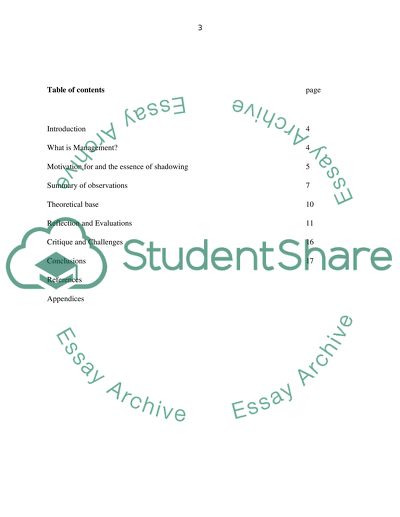Cite this document
(“Manager shadowing Essay Example | Topics and Well Written Essays - 3500 words”, n.d.)
Retrieved from https://studentshare.org/miscellaneous/1569570-manager-shadowing
Retrieved from https://studentshare.org/miscellaneous/1569570-manager-shadowing
(Manager Shadowing Essay Example | Topics and Well Written Essays - 3500 Words)
https://studentshare.org/miscellaneous/1569570-manager-shadowing.
https://studentshare.org/miscellaneous/1569570-manager-shadowing.
“Manager Shadowing Essay Example | Topics and Well Written Essays - 3500 Words”, n.d. https://studentshare.org/miscellaneous/1569570-manager-shadowing.


